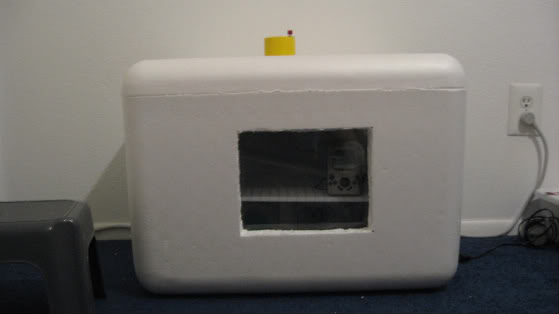


If you don’t remove them from the start, you run the risk of the yogurt batch being contaminated from people dipping their spoons in over time. I prefer taking them out of the fresh jar immediately and storing them in a separate container marked “Yogurt Starter – Don’t Eat!”. As soon as the yogurt is done you can use set aside a couple of spoonfuls to make another batch. The beauty of homemade yogurt is that it is its own starter culture. The watery liquid that drains out is whey, for which there are many uses.Allow the curds to drain over a dish until they reach the consistency you prefer.Carefully scoop the set yogurt into a colander lined with butter muslin, trying not to break up the curds much.However, if you like your yogurt even thicker, you can strain it further to make it even thicker like the class Greek yogurt. The recipe above will give a nice, thick consistency (thanks to holding at 180° for 30 minutes). It should have the consistency of panna cotta, showing a nice separation when you dip into it with a spoon. You can test the yogurt at any point by tasting it. (See notes below about incubation tricks.) Maintain the temperature between 100° and 115° for 5 to 10 hours.Our favorite packaged culture is this Bulgarian Yogurt Culture. Either use the recommended amount on the culture package you purchased or use 2 Tbsp live-cultured yogurt like Fage (use a fresh, unopened batch). I use an ice bath and stir until the temperature comes down. Technically, this step is optional but some people dislike the texture it creates. Skim the ‘skin’ from the surface of the milk.It’s also the trick no one seems to know about! This is the most important step in creating the creamy consistency and texture most people want out of yogurt.

I do this by keeping it in an oven pre-heated to 180° F. This is the method I use to make creamy, thick yogurt, including the little-known secret for the best texture: With that in mind, I felt compelled to share the instructions handed by by Harold McGee (original copy long lost and committed to likely imperfect memory). The starter culture you use will affect the flavor and texture to an extent, but the way you treat the milk seems to make the most difference. The most important thing I’ve learned is how superior Harold’s instructions are to those you read almost anywhere else. I’ve been making yogurt several times a month now for several years and have learned a lot. It resulted in the best yogurt I’d ever had. I was lucky enough to receive a little bit of this starter and Harold’s special science-based instructions.Īfter ignoring it in the fridge for a few weeks (why is it that new things always seem so intimidating, not matter how easy you’d heard they’ve be?), I finally pulled out the starter and instructions and got to it. A friend of mine had been a chef at Google when the infamous food scientist Harold McGee visited and brought along a batch of his homemade yogurt to share with the chefs. One of the best birthday gifts I ever received arrived in a tiny plastic container, unlabeled and mysterious.


 0 kommentar(er)
0 kommentar(er)
